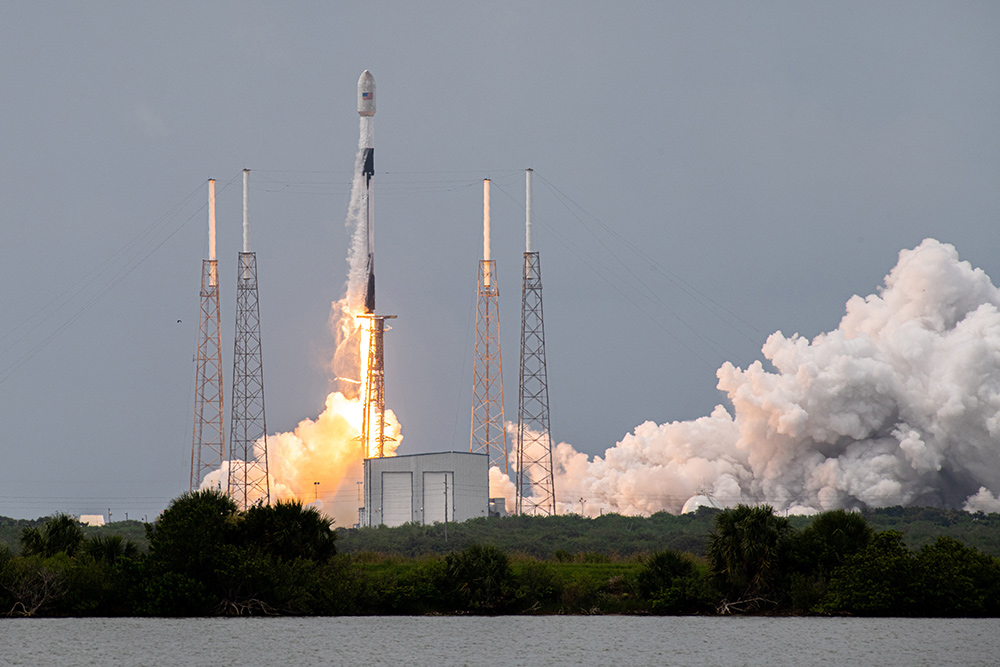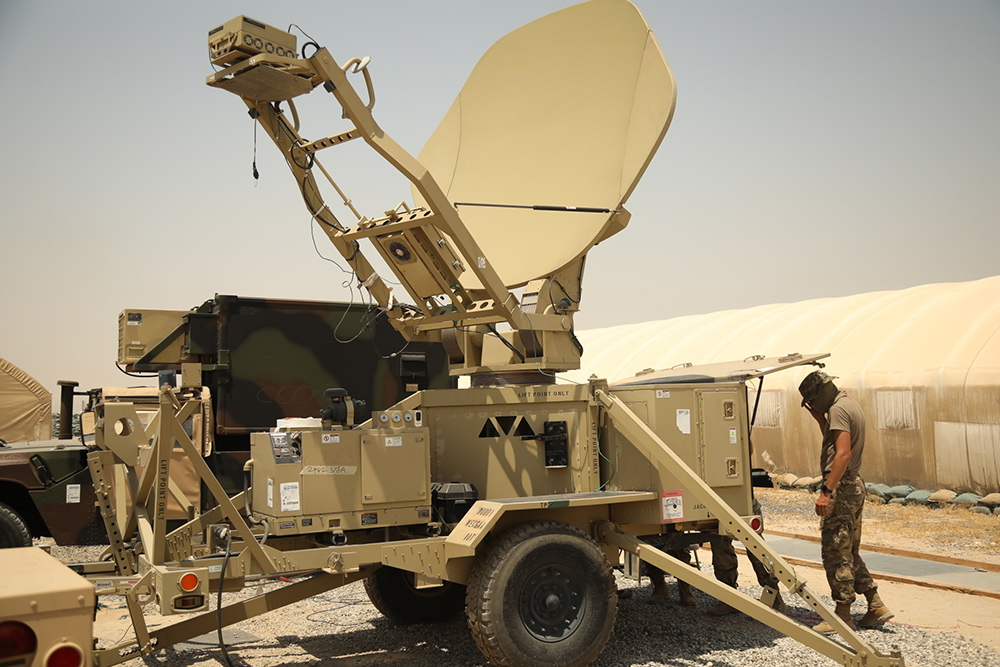Army Gen. James H. Dickinson said yesterday that the role of the Space Force is to organize, man, train and equip space forces, while Spacecom employs those forces in operations.
Both Spacecom and the Space Force were created because of the threat from adversaries in the space domain and the need to protect and defend space assets from those adversaries, he said.
Dickinson noted that the mission of Spacecom is to deter a war beginning or extending into space, and, should deterrence fail, Spacecom is prepared to fight and win with the help of the other combatant commands, allies and partners.

A Falcon 9 rocket carrying SpaceX’s Transporter-2 payload launches from Cape Canaveral Space Force Station, Fla., June 30, 2021. © Space Force Airman 1st Class Dakota Raub
“Our adversaries have militarized space. And in response, we have established the structures necessary to protect and defend our assets against those capabilities,” he said.
“Many Americans still don’t quite grasp how important our assets in space really are and don’t understand how their daily lives are tied to assets in space. Space-based capabilities enable virtually every element of our national power, including diplomacy, economics, finance and information,” he said.
Space is vast and complex, Dickinson said. Spacecom’s area of responsibility extends about 100 kilometers above the Earth and extends into infinity.
“[Spacecom] simply can’t go it alone. We are closely aligned and in sync with all the 11 other combatant commands,” he said, noting that U.S. Cyber Command, in particular, plays a critical part in space capability, along with the National Reconnaissance Office.
Spacecom is also partnered with industry, he said. The Commercial Integration Cell has been stood up now for quite some time at Vandenberg Air Force Base, California. “We have an incredible number of commercial partners who are willing and able and want to be part of the team.

A soldier with 414th Signal Company, Division Special Troops Battalion, 3rd Division Sustainment Brigade, conducts a validation course on a satellite transportable terminal on Camp Arifjan, Kuwait, July 2, 2021. © Army Sgt. Marquis Hopkins
“So, this is a very exciting time in terms of both our work within the whole of government, as well as those with our commercial partners,” he said.
As for the Spacecom workforce, Dickinson said it is looking not only for the best and brightest in the science, technology, engineering and math fields, but also lawyers, planners and other non-STEM personnel who can contribute to the mission.
“Those skills sets together in the combatant command is what really makes us powerful and able to go quickly and to be agile enough in this changing environment that we’re seeing in the space domain,” he said.





